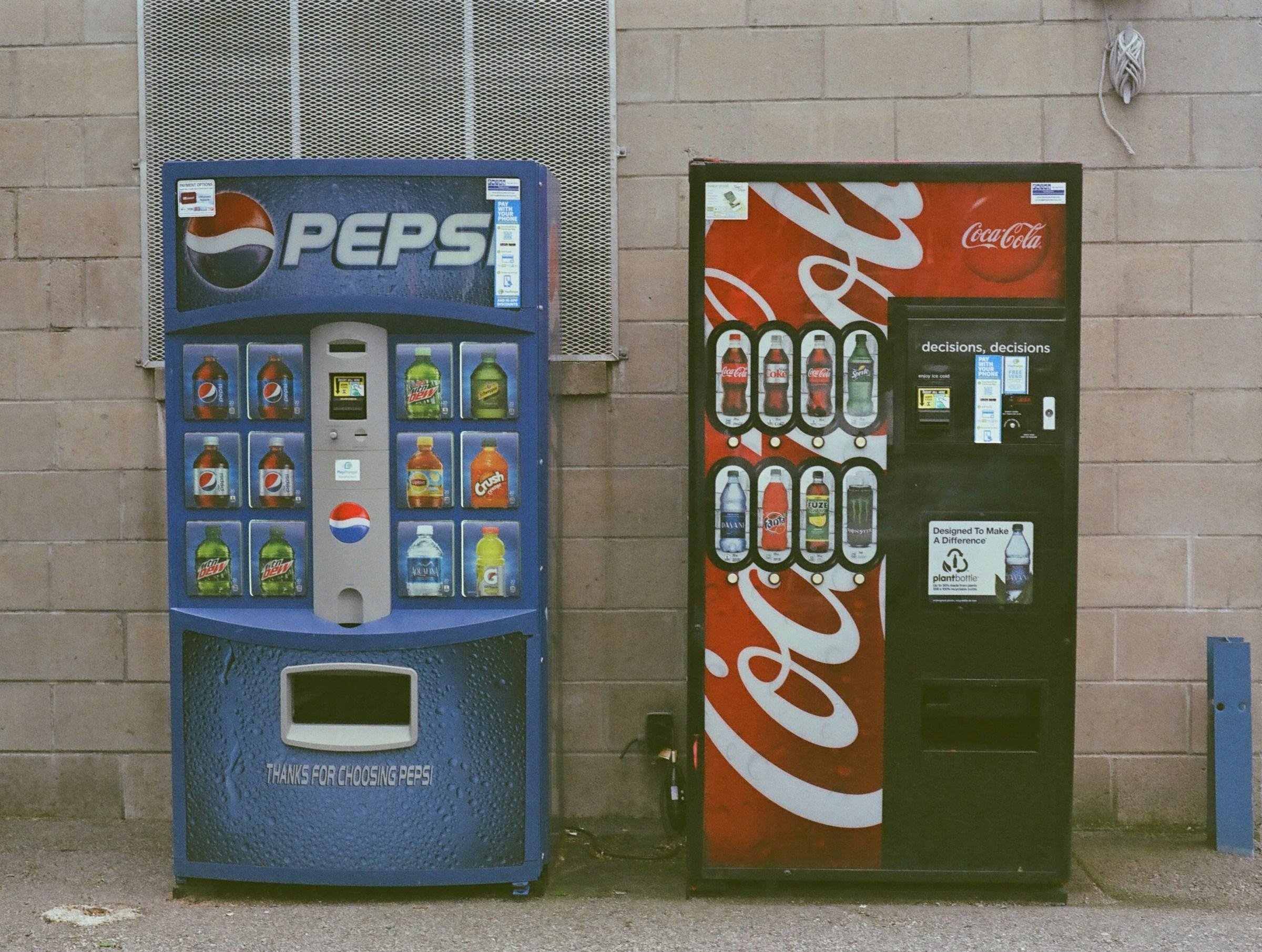There is a quiet category of businesses that rarely shows up in startup pitch decks. The ones selling sweat patches for underarms in desert heat. The ones offering compliance tools that nobody wants to open, or supplements that taste like cardboard. These products are necessary but not naturally attractive. If you are building something in that space, you feel that tension in your bones. You know the product solves a real problem. You also know that the problem itself is awkward, boring or emotionally loaded. That is the gap where branding matters most. You are not trying to look cool. You are trying to make it safe and satisfying for people to say yes to something they would rather ignore. When founders hear the word branding, they often picture visual identity work and polished taglines. That is part of it, but for unappealing products the work goes deeper. You are not decorating. You are reframing. Branding becomes the bridge between how the product feels in your customer's body and how they want to see themselves in public.
Think about a founder in Kuala Lumpur selling a gut health drink that looks cloudy and smells slightly fermented. The first batch sits on the shelf because the early labels scream "medicine" rather than "daily ritual". The taste is fine, the science is solid, but nobody wants to be the one holding a bottle that looks like a hospital sample. The problem is not the formula. The problem is the story wrapped around it. The shift usually starts when a founder accepts something uncomfortable. You cannot make the product appealing by pretending it is something it is not. You make it appealing by naming the discomfort clearly, and then showing the payoff on the other side. Instead of hiding the funkiness of the drink, you frame it as proof of real cultures working. Instead of calling it a digestive solution, you call it a morning reset in a bottle, with colors and language that belong on a kitchen counter, not a clinic tray.
This is the first way branding can transform an unappealing product. It dignifies the problem. When you position dandruff shampoo as a shameful fix, people hide it at the back of the shower. When you position it as part of a healthy scalp routine that signals self respect, it can sit next to the expensive hair masks and serums. The ingredient list has not changed. The emotional narrative has.
The second shift happens when you move the spotlight from the product to the person using it. Founders who are too close to their product love to talk about features and technology. With unappealing products, that is a trap. Your customer is already slightly embarrassed that they need this thing. They are not waiting to be educated. They are waiting to be seen. A Saudi founder in a women led accelerator once told me about her first version of a sweat absorbing innerwear brand. Her early website copy was clinical. It talked about moisture control and temperature regulation. It read like a lab report. Sales were weak. The turning point came when she rewrote everything from the perspective of the woman getting through a long day of meetings and school runs in forty degree heat. The brand began to talk about confidence in the elevator and comfort when everyone else is still in full makeup at midnight. That emotional pivot made the same product feel like armor rather than an embarrassing patch.
Social proof plays a different role for unappealing products as well. For something aspirational, like a travel app or a fashion label, you chase status. You show the right faces in the right places. For a product that deals with sweat, smell, paperwork or pain, the most powerful proof is solidarity. People want to feel less alone in their problem. When your branding shows real customers who speak plainly about their discomfort and relief, it gives permission for others to join them. This is where founders often hesitate. They are afraid that talking openly about something unattractive will make it worse. In practice, silence is what keeps the product stuck. When you hide the awkward parts, you leave your customers alone with their shame. When you name it with respect and a bit of humor, you turn the same awkwardness into connection. That is how branding can make unappealing products desirable without lying about what they are.
Another piece that matters is context. The same item can feel cheap or premium depending on where and how it appears. Imagine a booking platform for routine dental cleanings. On its own, the idea is not exciting. Nobody wants to think about scaling or bleeding gums. If the platform looks like a generic medical portal, users will only visit when they are already in pain. If the brand instead positions dental care as part of a yearly self upgrade ritual, bundled with skin checks and wellness screenings, the same appointment starts to feel like a smart, grown up move. For early stage founders in Southeast Asia and KSA, this context work often means zooming out from the single product to the life stage. You are not selling a colonoscopy prep. You are helping a fifty year old parent stay present for the next decade of family milestones. You are not offering a boring HR compliance module. You are giving founders a way to sleep at night knowing payroll and contracts are not going to blow up during a fundraise. Branding that anchors into life outcomes buys you more emotional space than product centric messaging ever will.
Of course there is a line. No amount of branding can permanently disguise a product that does not work. Some founders try. They focus on shiny packaging, influencer campaigns and clever slogans to cover gaps in quality. With unappealing products, that approach backfires faster than normal. Customers are already skeptical. If they feel tricked once, they will not come back, and they will tell their friends exactly what happened. The healthier approach is more demanding. You treat branding as a promise you must work hard to keep. If your story says "gentle but strong", your product has to deliver that experience from the first use. If your brand talks about being discreet, your packaging and support channels must actually protect privacy. The more vulnerable the problem, the higher the standard for trust.
Practically, this means bringing branding into the product room early. When you discuss features, you also discuss emotional impact. When you tweak formulas or interfaces, you check whether the change still aligns with the story you are telling. In my experience, teams that do this well save themselves from expensive rebrands later. They build a reputation for honesty in uncomfortable spaces. Over time, that reputation becomes part of the desirability itself. There is also a strategic advantage in owning an unappealing niche with strong branding. Attractive categories tend to be crowded. Many founders rush into the same glossy spaces, competing on aesthetics, discounts and performance claims. If you are willing to stand in a less glamorous corner of the market, and you do the hard emotional work of branding it well, you often face fewer serious competitors. Customers remember the one brand that made them feel normal about a messy problem.
So if you are sitting on a product that feels hard to market because it is awkward, boring or slightly off putting, do not assume you are doomed. Start by answering a different question. Instead of asking how to make the product look exciting, ask what it would take for your ideal customer to feel calm, respected and proud while buying it. That will guide your decisions on language, visuals, packaging and community.
In the end, how branding can make unappealing products desirable is simple to describe and hard to execute. You dignify the problem instead of hiding it. You center the person, not the feature set. You treat trust as the core asset, not a campaign line. And you accept that the real work happens long before any logo hits a pitch deck. If you do that consistently, you will notice a quiet shift. People stop whispering about your product. They start recommending it. Not because it became glamorous overnight, but because it fits the story they want to tell about themselves. For a founder in an unsexy category, that is what real desirability looks like.
Thinking








.jpg&w=3840&q=75)





